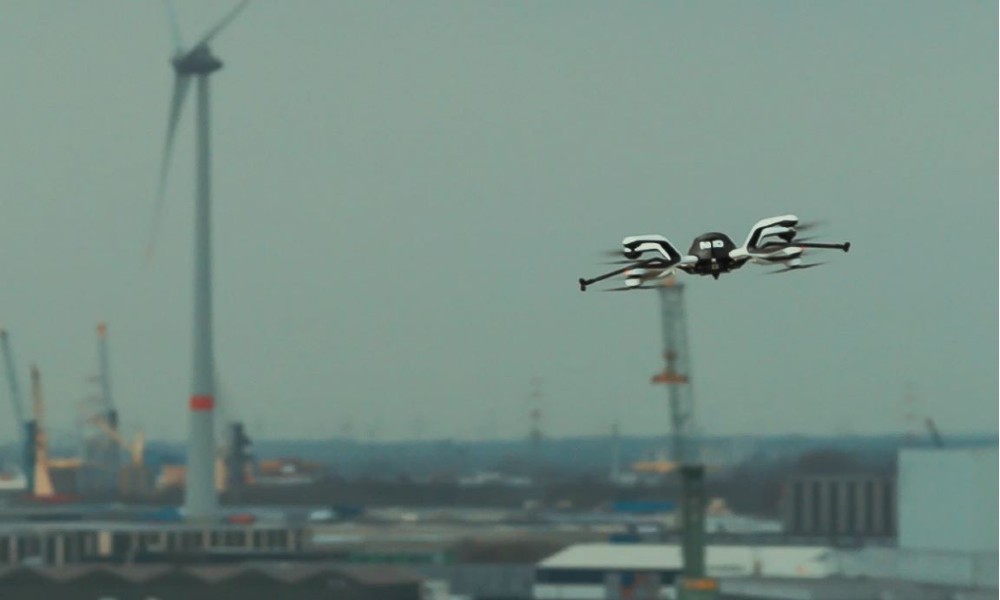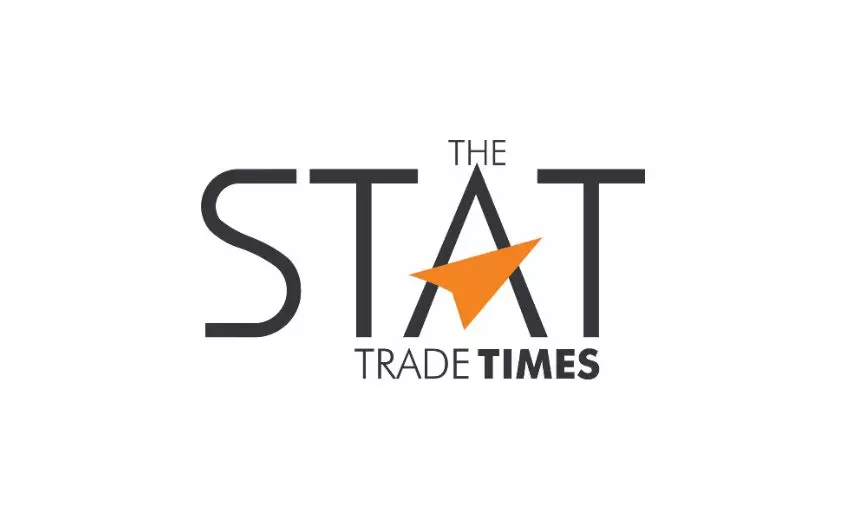
Port of Antwerp becomes first seaport to manage airspace for drone operations
In a move welcomed by those in the aviation industry, Port of Antwerp has become the first seaport to initiate unmanned air traffic management in a busy and complex port environment.

In a move welcomed by those in the aviation industry, Port of Antwerp has become the first seaport to initiate unmanned air traffic management in a busy and complex port environment. In doing so, they are the first non-aviation authority to become a fully-fledged geozone manager. As geozone manager, the port will be responsible for managing ground risk related to above-the-ground activity, with respects to operational and working drones, overall safety and seamless integration of processes required; all of which are intended to amp up productivity and efficiency of port operations.
Drones have many potential use cases that are especially relevant in a complex environment. With the help of drones, ports can increase safety, enforce compliance, and optimise operational efficiency, all with minimal interference to existing infrastructure and process. Port of Antwerp has picked up on this, and as drone traffic in their airspace continues to increase, there is a need to control their airspace and differentiate friend from foe.
Port of Antwerp has identified specific requirements for its role as a geozone manager, such as the ability to simultaneously handle a multiple workflow, multi-layered authorisation process and robust real-time surveillance and detection capabilities. Given the vast area of responsibility within this busy seaport, it is the first time that a geozone management system of this scale and complexity will be created.
As such, Unifly has been appointed as technology partner to develop the Port’s Unmanned Traffic Management (UTM) platform. Unifly has a proven track record rolling out UTM systems at a national level in Belgium, Canada and Germany among others. The Belgian company also collaborated closely with Port of Antwerp over the past few years to initiate research, tests and demonstrations relating to drone traffic management in urban airspaces.
In addition, the multi-layered authorisation flow is also a first in the industry. Once Civil Aviation Authority (CAA) gives the green light, this capability allows timely and seamless processing of flight permissions by port authorities, terminal masters, and also including enterprise drone operators and other port users.
Leon van de Pas, CEO of Unifly said, ” Unifly is proud to have a strong partnership with Port of Antwerp as both our corporations value the importance of an innovative mindset in order to stay relevant and resilient in today’s global economy. After the successful SAFIR project, Port of Antwerp has demonstrated to be a global leader in innovation, deploying now the first UTM system for seaports in the world. Thanks to our close partnership with Port of Antwerp, we managed to develop this new value proposition UTM Seaports in record time.”
Erwin Verstraelen, chief digital information and innovation officer, Port of Antwerp said, “Ultimately, we are taking the necessary steps towards building a seaport that will be ready for a time when drones will play a bigger role in port operations. We are creating a drone ecosystem where port stakeholders can easily deploy drones in their day-to-day activities.”
In 2019 the European U-space project SAFIR led by Unifly demonstrated the necessity of a UTM system to manage drone traffic in a port environment. However, unmanned traffic cannot be properly managed manually and so automation plays a big role in this aspect. As part of its expertise in UTM solutions, Unifly’s technology digitises all processes from flight requests and approvals to monitoring the flights and risk mitigation.
As there is no airspace dedicated solely to drones and with traffic consisting of manned and unmanned aircraft, it is important to develop a robust and sophisticated system that enables smooth and safe use of the airspace as well as allow for round-the-clock automated features to keep the port safe.

